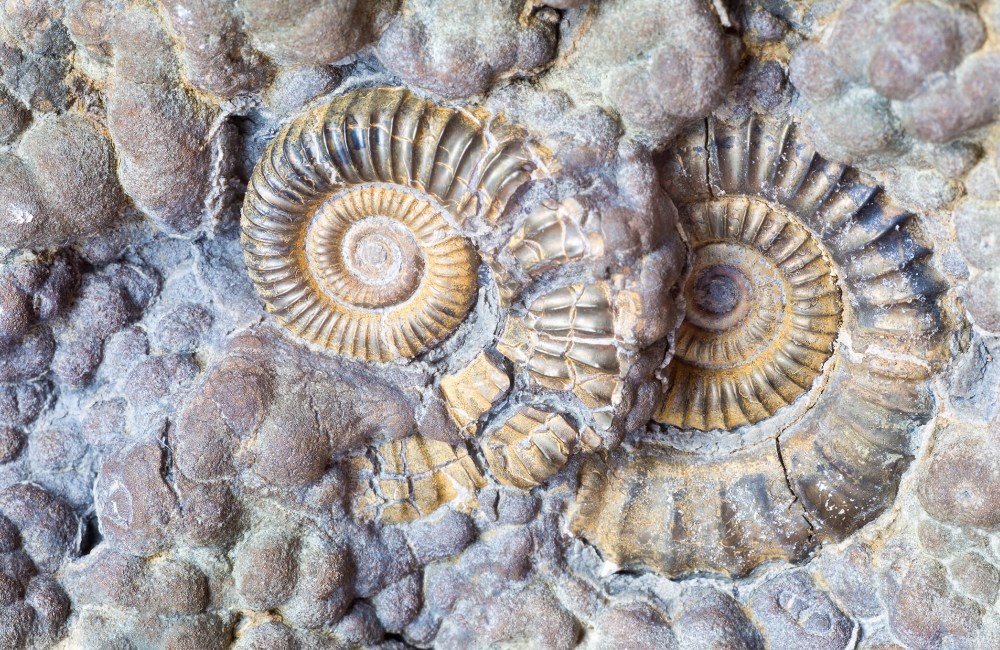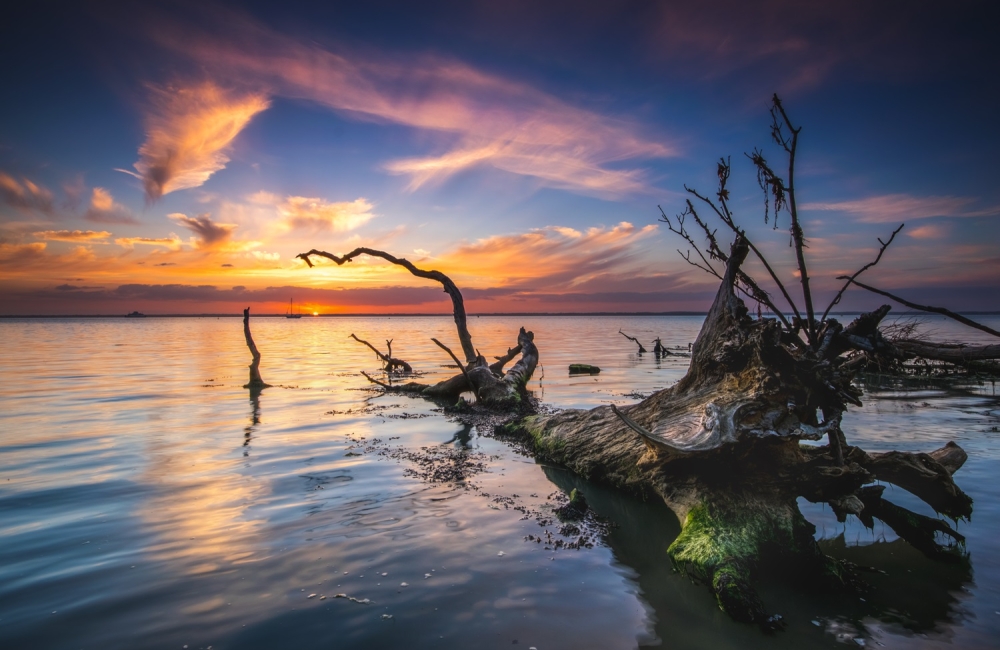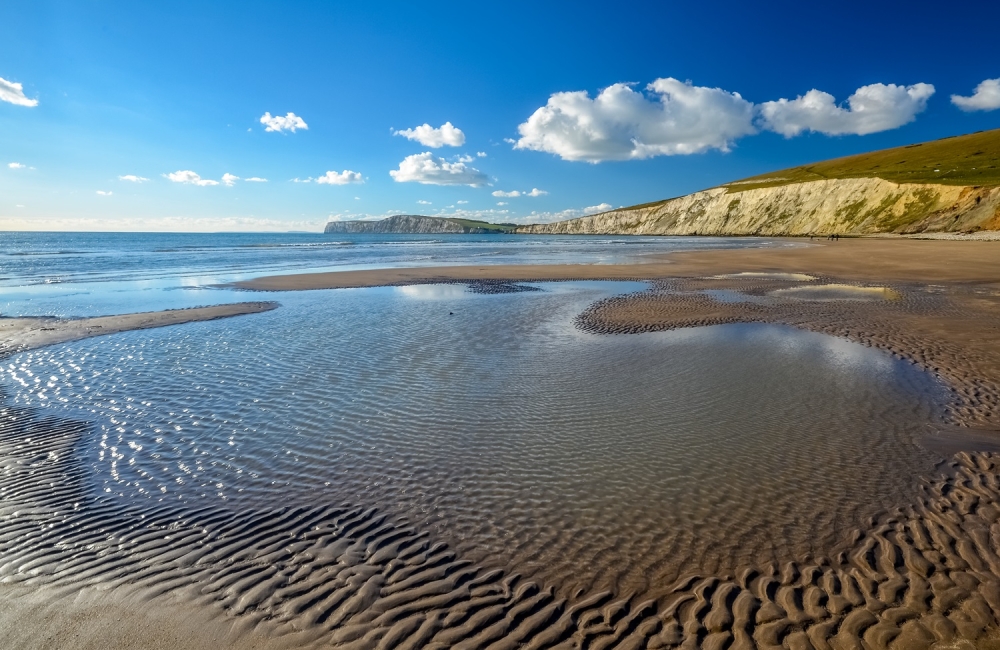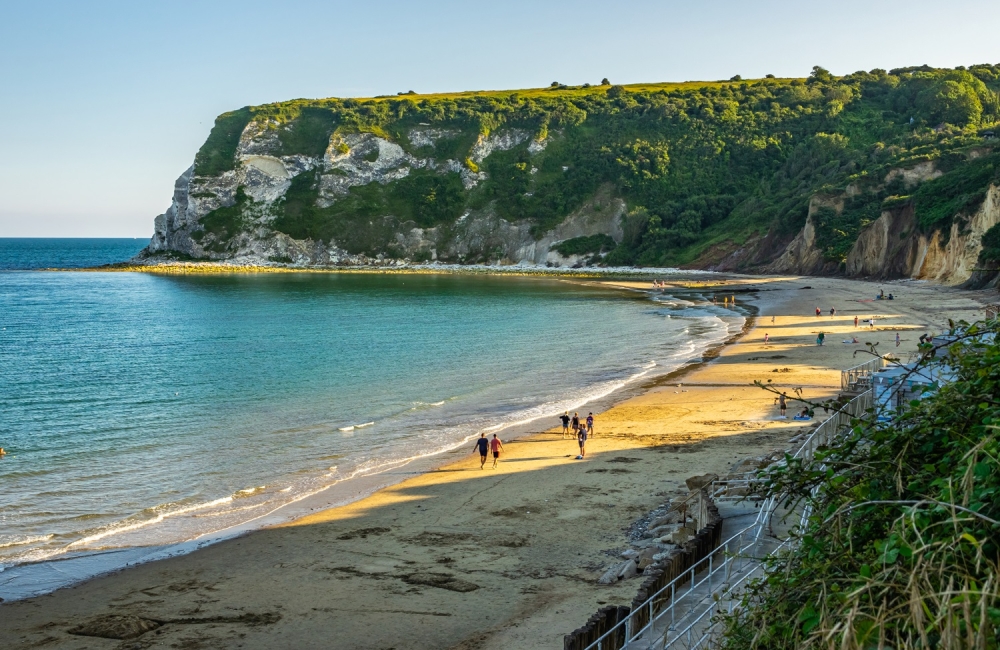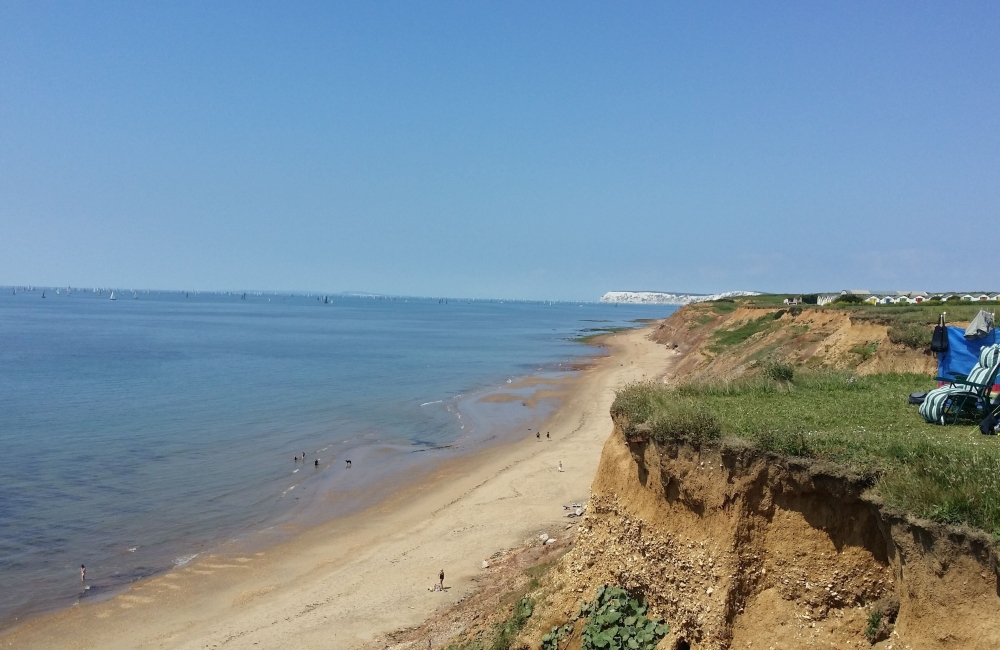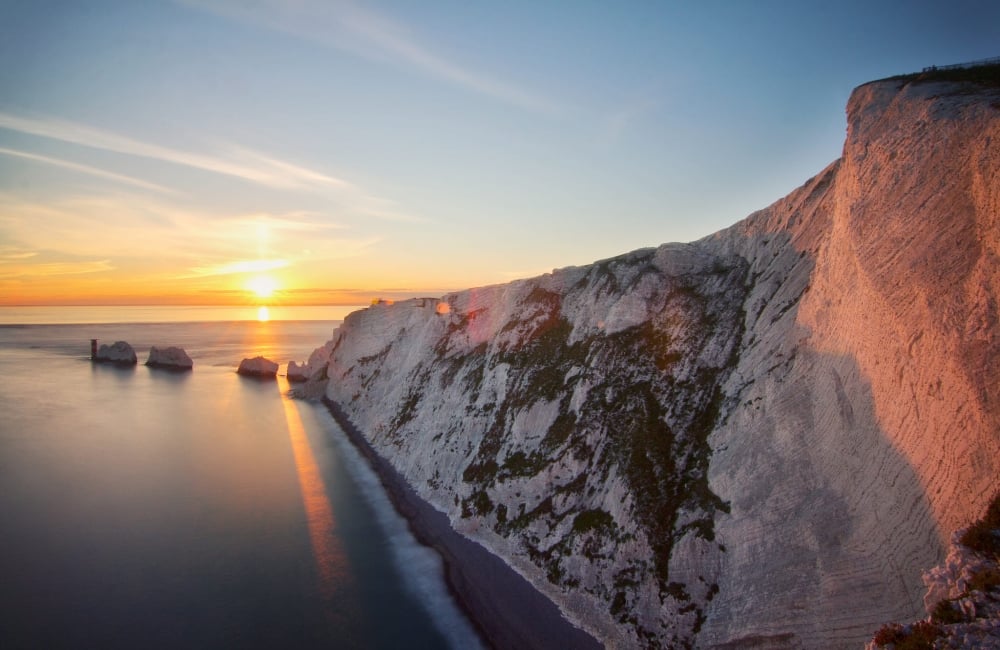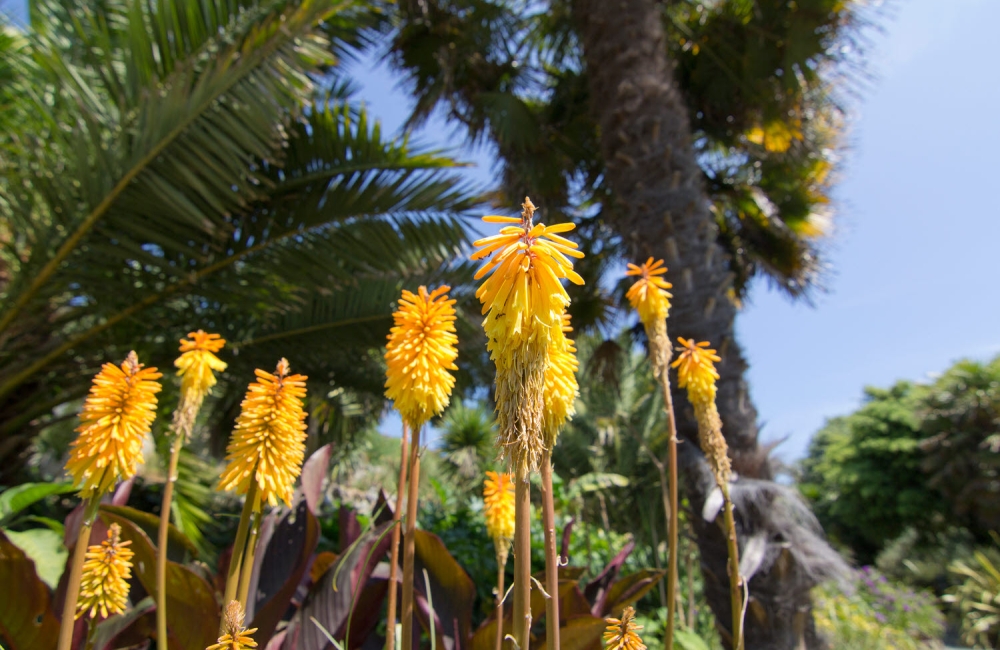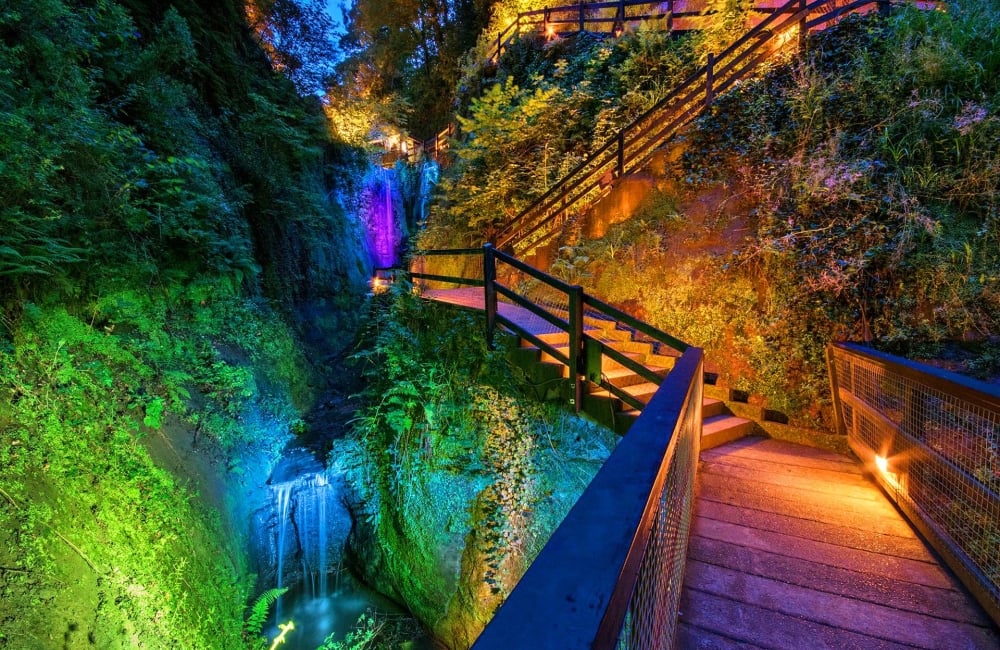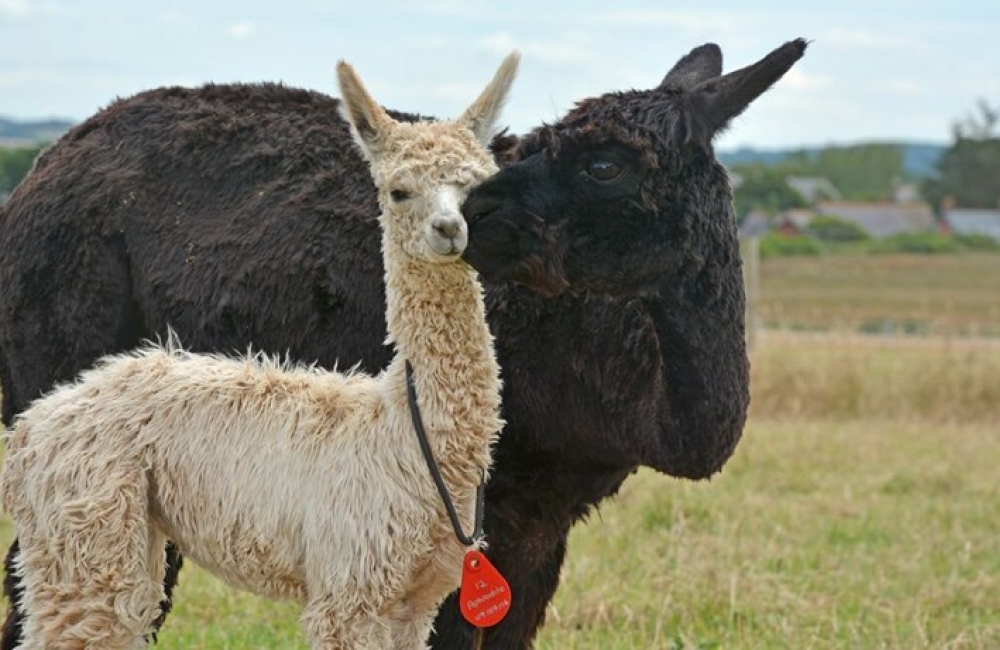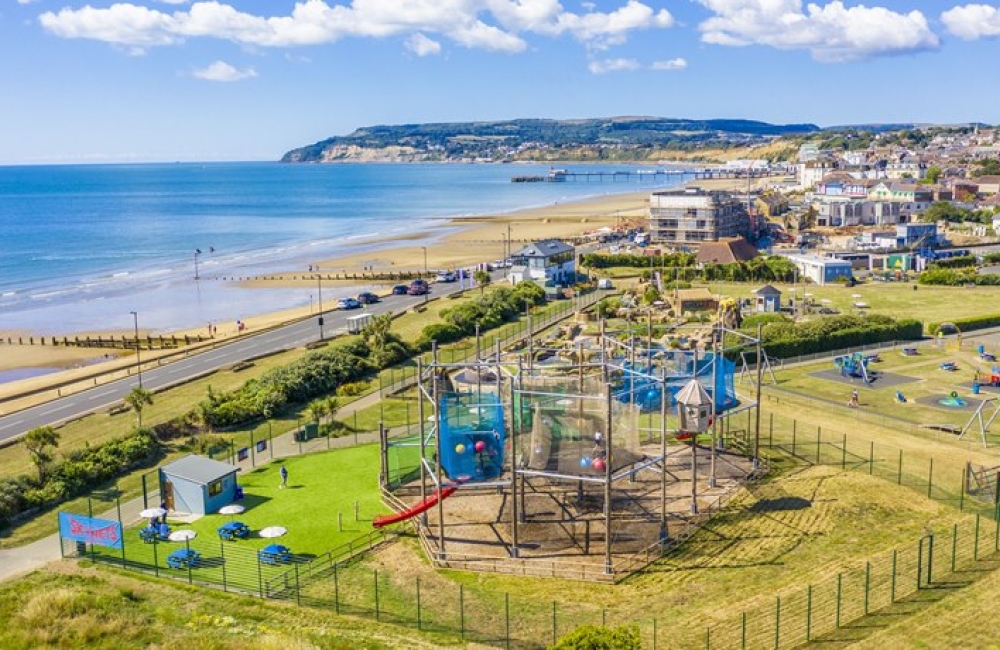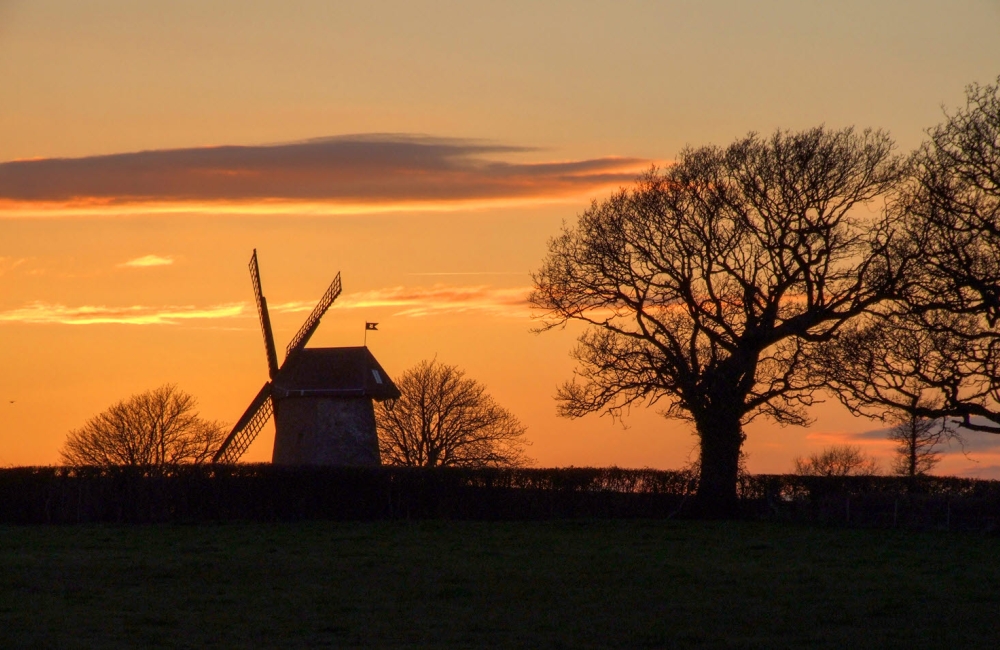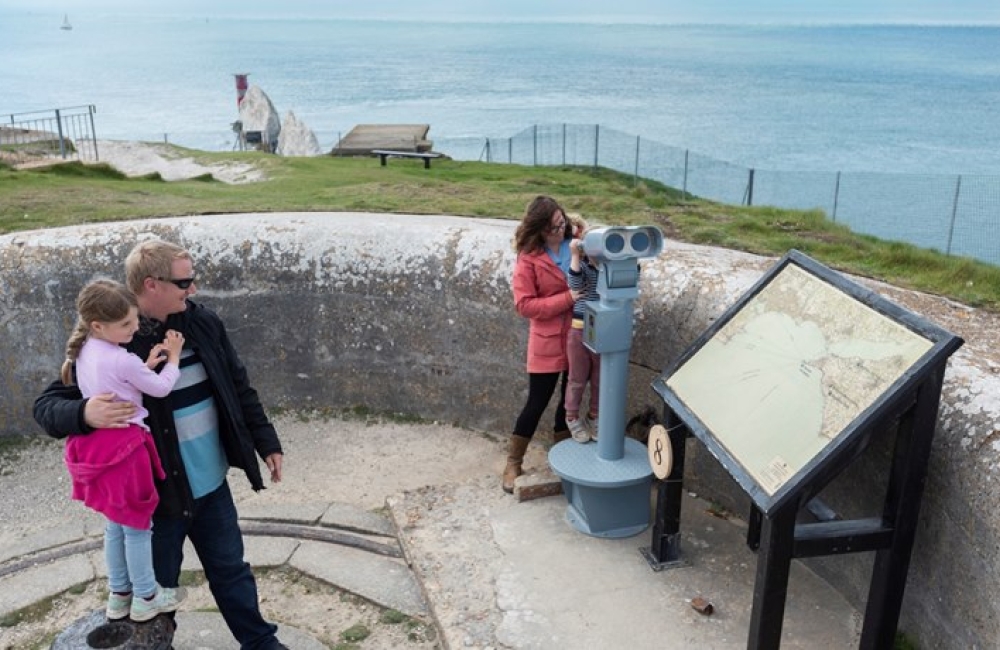Complete Guide to Fossil Hunting on the Isle of Wight
Did you know that the Isle of Wight offers some of the best chances of finding dinosaur fossils in the UK?
The Island, also dubbed “Dinosaur Island” and “Dinosaur Capital of Britain” amongst fossil hunters, has the most significant wealth of dinosaur remains in the UK. When walking along the Island’s beaches, you’ll often find locals and visitors searching for fossils underneath the chalk cliffs and along the 11-mile stretch of coastline between Compton and Sandown, known as the Wealdon Outcrop.
Find out where to look, what to look out for and everything else you need to adventure 125 million Years back in time and find a piece of the past.
Get ready to dive into the captivating prehistory of the Isle of Wight.
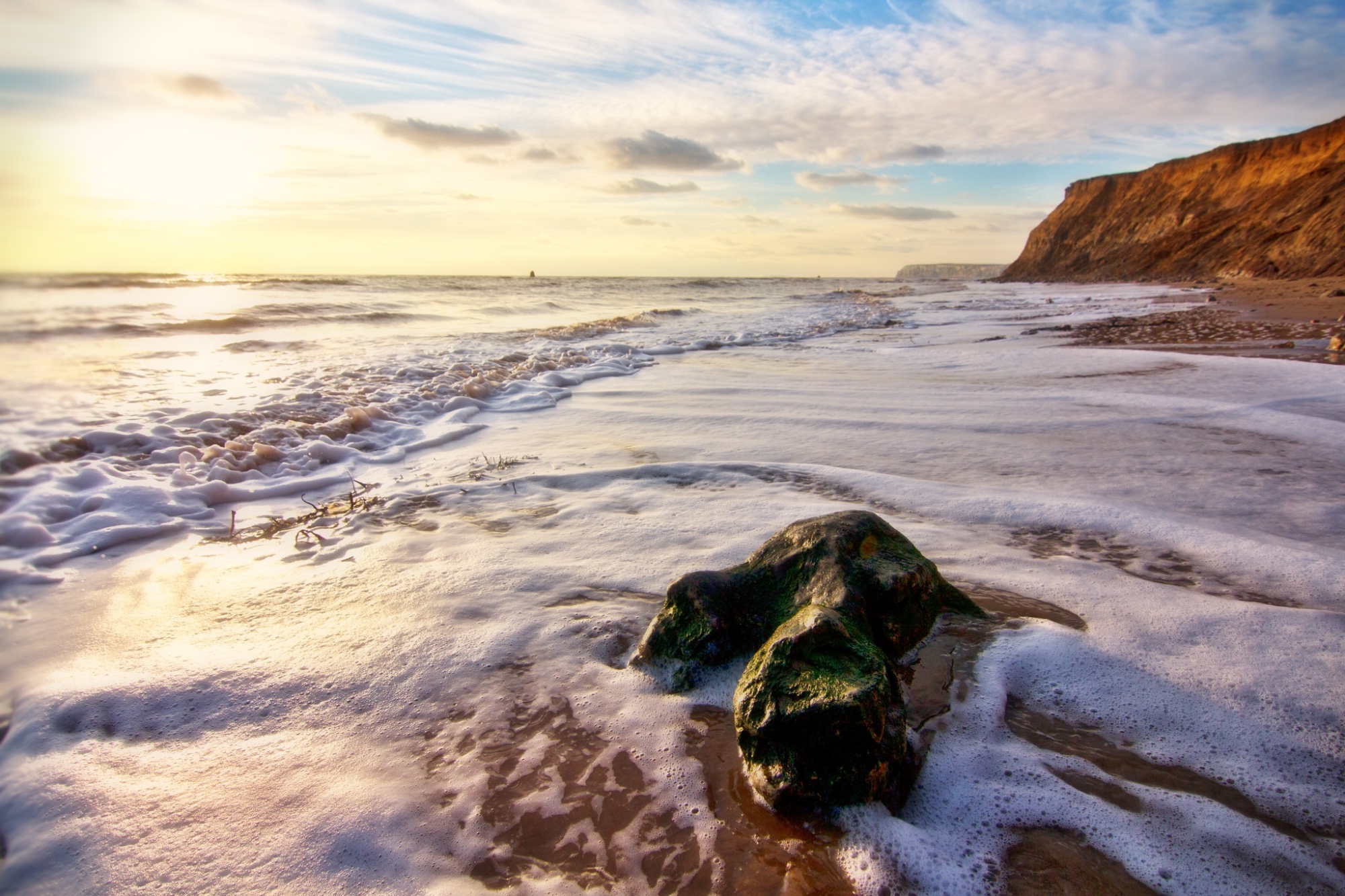
Fossil Hunting Kit
Although not all essential, these handy items are great to have for fossil hunting expeditions and to stay safe along the way:
- Compass
- Water bottle
- Headtorch
- First-Aid kit
- Drysack
- Magnifying glass
- Geological hammer, picks and chisels
- Trowel & spade
- Toothbrush
- Camera
- Storage container/specimen bags
- Phone
Where To Go
The Isle of Wight has some of the best beaches for fossil hunting in the UK, boasting a remarkable diversity of specimens spanning the whole of the Cretaceous period. Multiple layers of fossil-bearing beds from the Vectis and Wealden eras are exposed on the southern half of the Island, while the north features Eocene beds and Oligocene deposits of amongst others mammals and crocodiles.
If you’re going fossil hunting on the Isle of Wight, we strongly recommend visiting the following sites.
Types of Fossils to find on the Isle of Wight
The Isle of Wight plays host to many different types of fossils spanning the whole of the Cretaceous period. As you scour the cliffs, clays and sands, you can expect to find traces of the following:
Dinosaur Bones
There are several species of dinosaur for which virtually intact skeletons have been found on the Island. Under the Ornithischia order – consisting of herbivorous dinosaurs with a pelvic structure similar to that of birds – these fall either under the suborder Ornithopoda (“bird-footed”, bipedal herbivores) or the suborder Thyreophora (“shield-bearers”, armoured herbivorous dinosaurs). Under the Saurischia order – consisting of “reptile-hipped” dinosaurs – these dinosaurs fall under the suborders of Sauropodomorpha (“sauropodlike”, giant long-necked herbivores) or Theropoda (“beast foot”, bipedal carnivores). On top of these more intact skeletons, bones of many more dinosaur species have been found on the Island; do get in touch with the museum if you believe to have found a noteworthy item. Compton Bay and Brighstone Bay generally offer the best chances of finding dinosaur remains.
PTEROSAURS
Pterosaurs are small, flying reptiles that existed during most of the Mesozoic: from the late Triassic to the end of the Cretaceous period (228 to 66 million years ago). Remains of these flying vertebrates have been found on various occasions: in 2008, a five-year-old girl called Daisy Morris uncovered a fossil which Palaeontologists from the University of Southampton later identified as belonging to a 115-millionyears-old pterosaur, and in 2015, fossil enthusiast Will Thurbin found the world’s oldest example of a coloborhynchus – a type of pterosaur not previously found on the Island.
CROCODILES & Turtles
The early Oligocene beds at Hamstead and Yarmouth are known for yielding crocodile remains including teeth, jaws, vertebrae and skulls. In 2014, a new species of tiny crocodile was discovered when two different families who found part of a tiny skull and a snout, respectively. After reporting their finds to the Dinosaur Isle museum, scientific study showed the skull represented a formerly unknown species.
Bouldnor and Hamstead are excellent locations for finding relatively large turtle shell fragments of both the Trionyx and Emys species. A recent fossil discovery even uncovered a turtle the size of a small car, which is believed to have feasted on animals including crocodiles!
reptiles
Various types of reptile remains can be uncovered amongst the fossil beds of Brighstone Bay, as well as in locations such as Yaverland, Sheperds Chine, Whale Chine and Brook Bay. In 2016, experts from the Dinosaur Isle museum identified the bone belonging to a Plesiosaur, a large predatory reptile that swam the seas in the Jurassic period, over 150 million years ago. The bone belonged to a juvenile reptile of only four metres long, but experts estimate that a fully-grown specimen would have grown to up to 10 metres in length.
MAMMALS
Mammal fossils of Entelodon (pig-like animals), Bothriodon and Brachyodus (grazers), and Caenotherium (small and deer-like mammals) who lived 65 million to 2.58 million years ago are occasionally found around the foreshore in the middle of Hamstead and Yarmouth.
FISH AND SHELLFISH
From the prehistoric times in which the grounds of the Isle of Wight were covered in swamps, ponds and rivers, a wealth of sea animal fossils remain. As you roam locations such as the Lobster Beds, the Crioceras Beds and the Perna Bed, you will find the petrified remains of underwater creatures such as oysters, fish, lobsters, ammonites, brachiopods, bivalves, sponges and crustaceans.
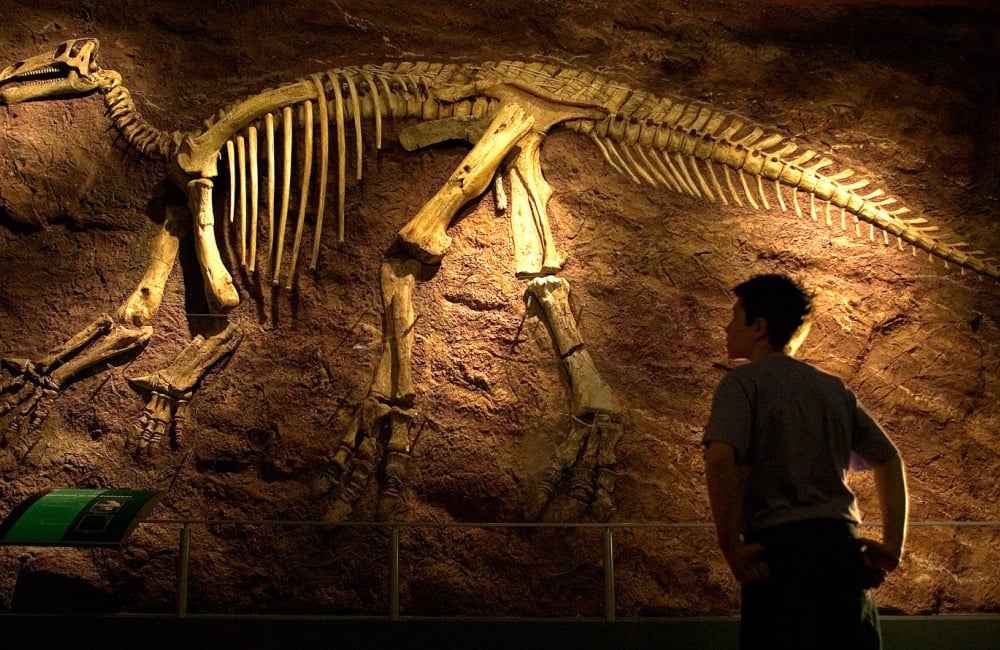
Guided Walks and Museums
If you’re new to fossil hunting, or just want to learn more there are various guided walk providers on the Island, as well as the dedicated ‘Dinosaur Isle’ Museum for a fun, interactive afternoon out with the family.
Check out:
Island Gems Fossil Trips
Wight Coast Fossils
Dinosaur Isle Museum
Fossil Hunting Legalities
When fossil hunting on the Isle of Wight, you have to comply with certain legalities that aim to protect both yourself and the environment. Before embarking on a fossil hunting trip, you need to be aware of the rules and regulations.
DIGGING UP FOSSILS
On the Isle of Wight, any land above the high-water mark is owned by a landowner (usually the National Trust). It is illegal to dig fossils out of the cliffs without the landowner’s permission. The whole of the southwest coast is designated SSSI (Sites of Special Scientific Interest) and you could get arrested for going up the cliffs carrying a shovel.
TIP: some guided walks have arrangements with the landowners, allowing them more privileges to dig up fossils. Chipping away at the bottom of cliffs can put both yourself and others at risk – parts of the cliff could start crumbling and fall and you could be apprehended. Do not take risks: stay away from the bottom of cliffs and always be aware of the tides.
PICKING UP FOSSILS
Picking up fossils from the beach is an accepted practice, as long as they are small and easy to move. Where larger fossils are concerned, it shouldn’t be moved from its location – it might simply be too large to move, or get destroyed in the attempt. You are encouraged to report important finds to Dinosaur Isle, the Island’s fossil museum.


